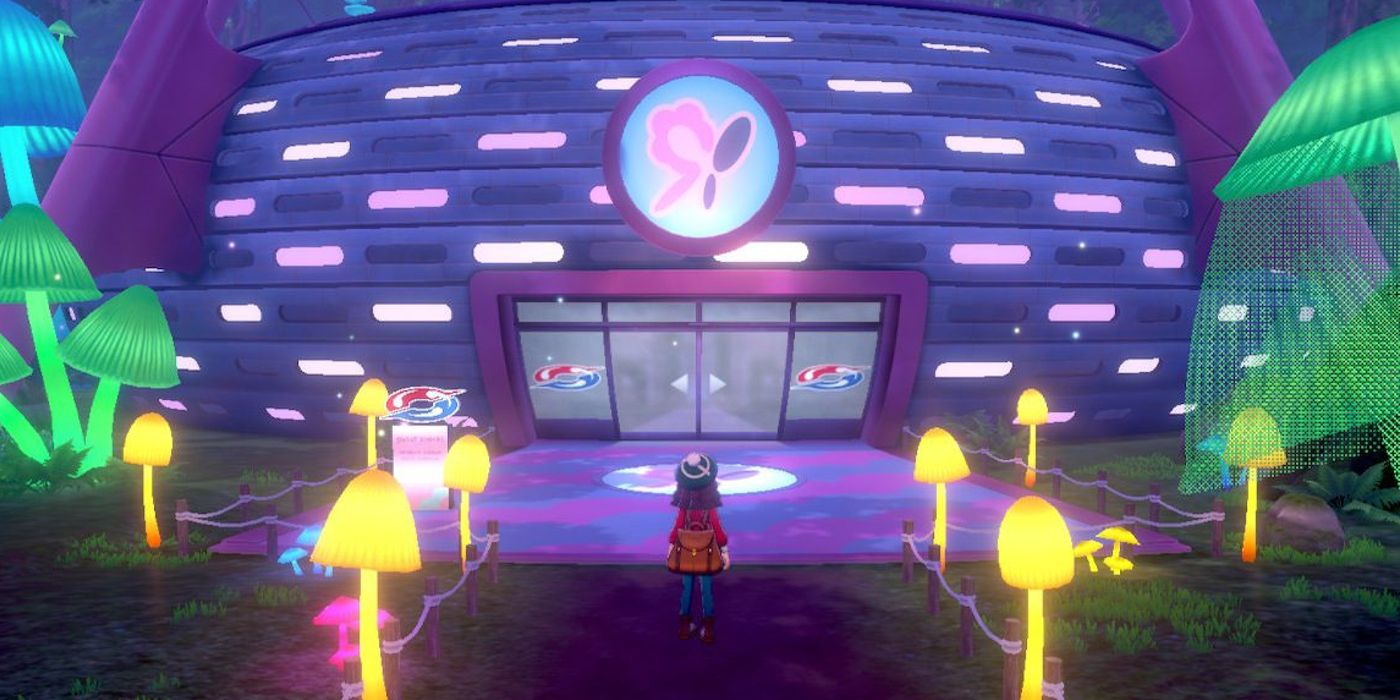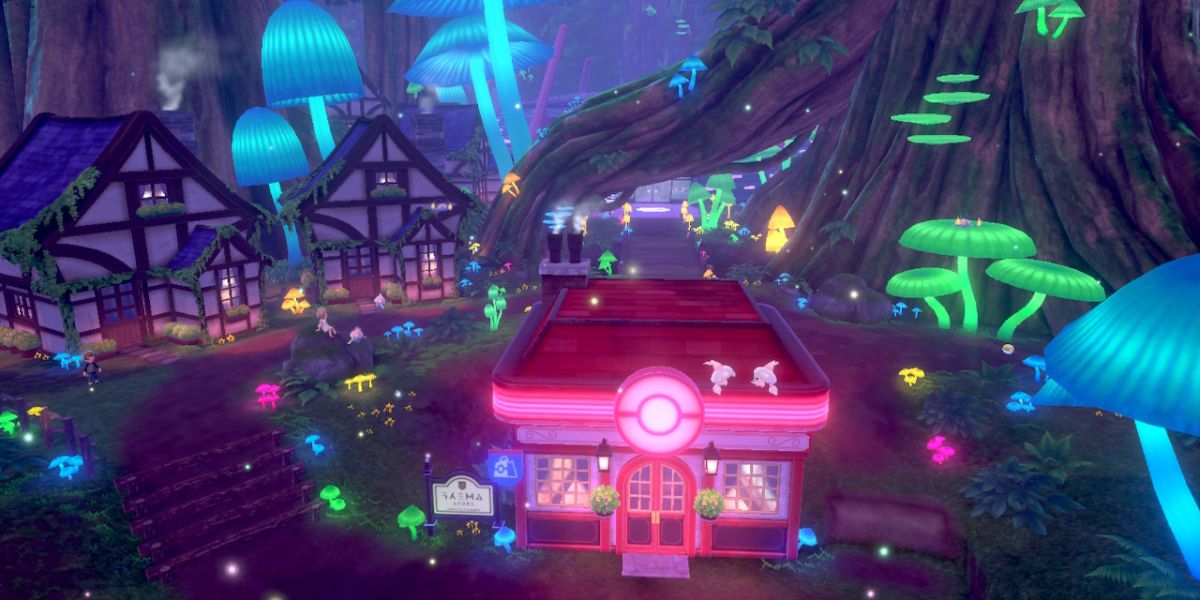The English town names in the Pokémon games have become familiar to players in the West, but they do not always translate well from the original Japanese versions, some of which have different meanings. Pokémon has become an international brand that appeals to various cultures across the world. However, some of the interesting meanings behind location names have been lost in translation.
Indeed, the Japanese versions of Pokémon games have slightly differed from their international counterparts because of the language barrier since the first generation. Japan’s Pokémon Red and Green became Red and Blue in America, an alteration that appealed to Western audiences while somewhat maintaining the original Japanese (green and blue are both aoi in Japanese). The different names for towns are amongst the most notable changes, however. The Japanese names make references or wordplay jokes that would be lost on an English-speaking audience and were thus not translated.
The towns of the Kanto region suffer from this lack of translation the most. Where Japan’s Pokémon Red and Green named Celadon City after the Tamamushi Shrine because its mall resembles the relic, Pokémon Red and Blue named it after a random color. While the English translations of Japanese town and even Pokémon names have become iconic in their own way, they miss the world-building spark that the original Japanese names possess.
The Original Japanese Names Of Pokémon’s Cities
For the most part, the Japanese to English translations have become stronger since the first generation of Pokémon. In some cases, the English names come as close to a direct translation as possible: Sinnoh’s Veilstone City is Tobari Shitei (Curtain City). In other cases, they were originally in loaned English: Unova’s White Forest is Waito Foresuto (the Japanese phonetic spelling of White Forest).
However, some of the missed translations are thoughtful double or even triple entendres that add to the world of Pokémon. For instance, the Pokémon Sword and Shield town named Ballonlea is Arabesuku Taon in Japanese. Arabesque, a loaned word from French, captures the ballerina-related associations of the name Ballonlea, but it also makes two references to other artforms. Arabesque in Islamic cultures is an art form based around rhythmic, interlaced lines that resemble the foliage of the fairy forest surrounding Ballonlea. Tales of the Grotesque and Arabesque is also the short story collection that helped Edgar Allan Poe rise to fame as an author of gothic writings that feel as if Impidimp could pop out of them at any second.
Mistranslations also stem from arcane references to Japanese culture. Celestic Town - a location whose deep mythology will surely place it in the Sinnoh of Pokémon Legends: Arceus Hisui - is named Kannagi Taon after Wu shamans. The Wu, translated as "sorcerers," were oracles of Shamanism who were believed to be able to contact spirits. This goes to show how perfect some of the original Japanese names are for Pokémon’s towns, as the references to spirits and ancient traditions fit perfectly for a location like Celestic Town.


